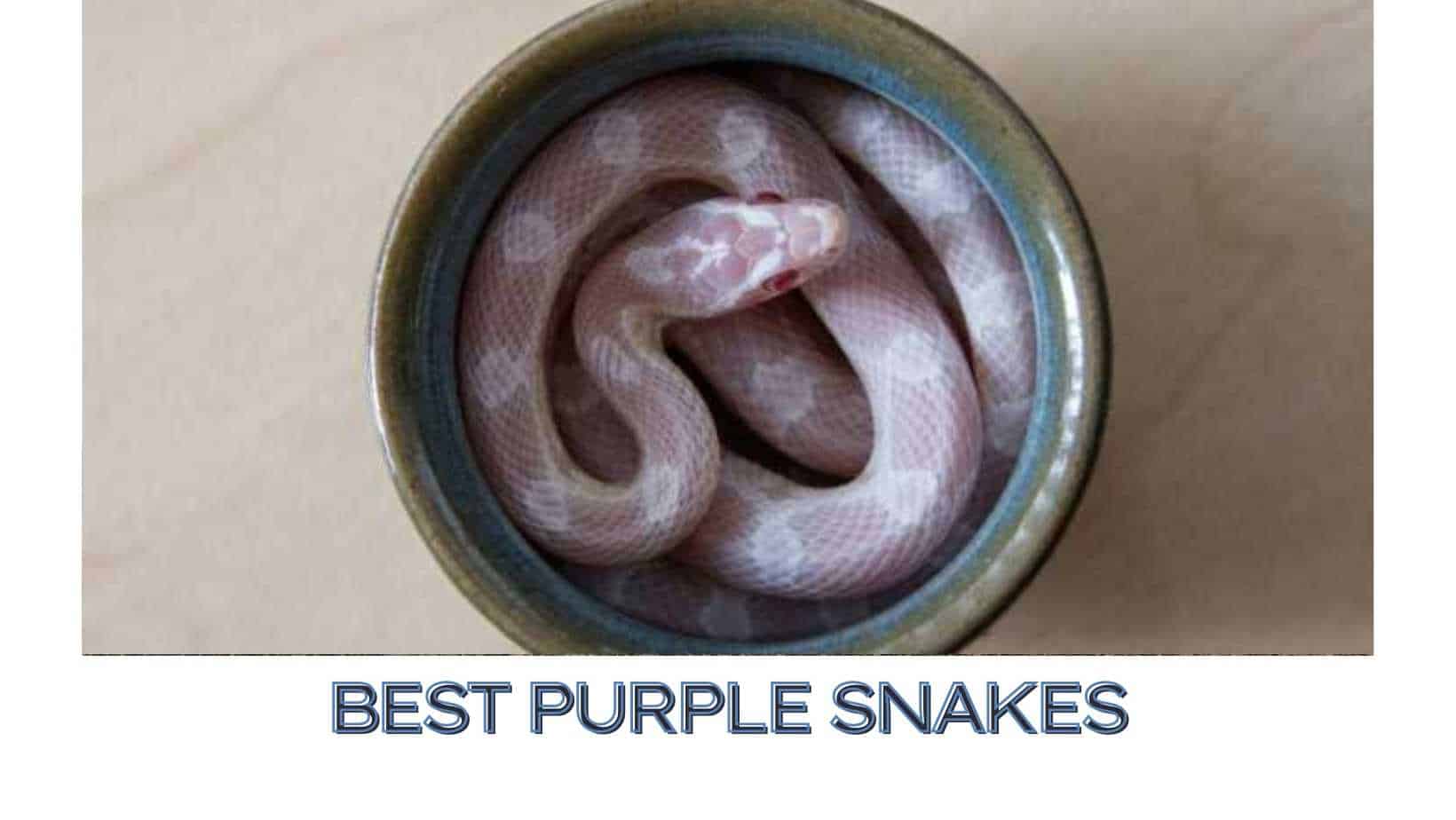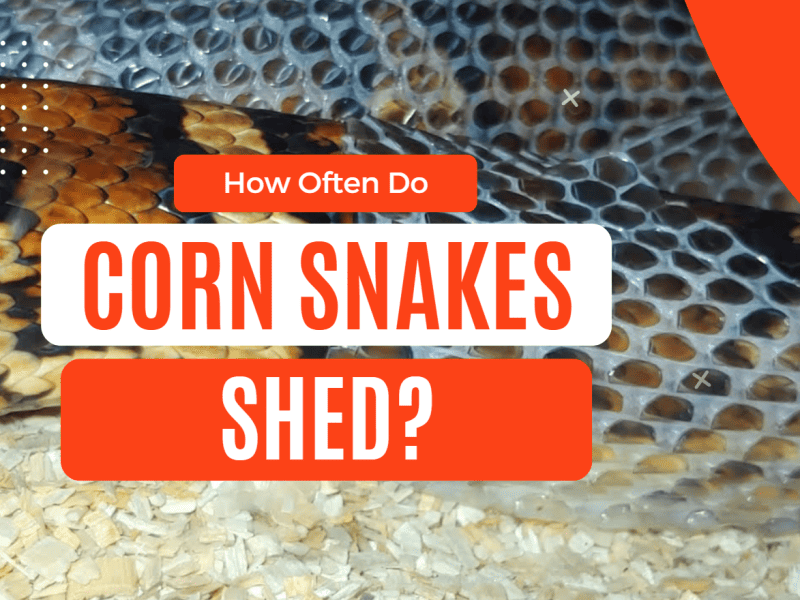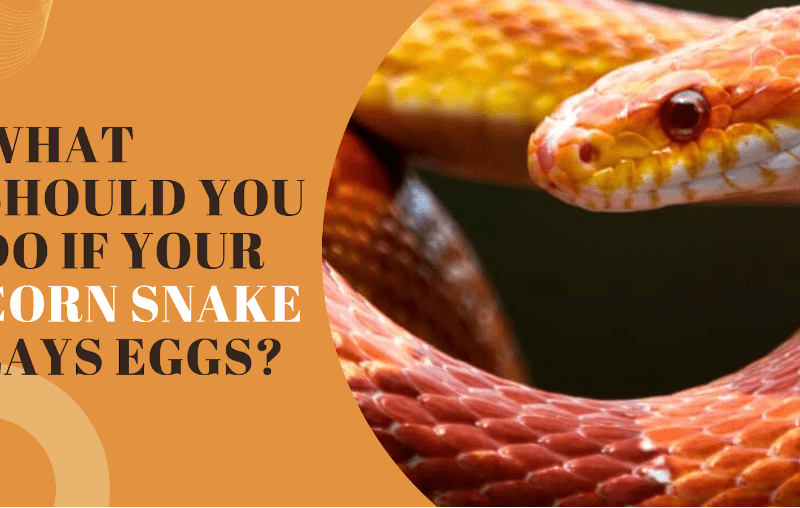Do you want a pet snake that is easy to care for and won’t get too big? Then a purple snake might be the perfect choice for you! These snakes are docile and can be handled easily. In this article, we will provide a care guide for purple snakes so that you can ensure that your pet stays healthy and happy.
Purple Corn Snakes
Corn snakes are a popular species of pet snake, and purple corn snakes are one of the most striking varieties. Generally known as lavender corn snakes, they get their name from their coloration, which can range from pale lavender to deep violet. Lavender corn snakes are typically medium-sized snakes, but a fully grown corn snake can reach a length of up to six feet.
They are relatively easy to care for, and their diet consists mostly of rodents. Purple corn snakes make excellent pets for experienced snake owners and beginners alike. If you’re looking for a beautiful and gentle snake, a purple corn snake might be the perfect choice for you.
Corn Snake: Care guide
Corn snakes are a popular choice for pet snakes, and it’s easy to see why. They’re relatively small, docile snakes that are easy to care for. If you’re thinking about getting a corn snake, here’s what you need to know about their care.
Enclosure
Corn snakes are native to the southeastern United States. In the wild, they typically live in forests, fields, and swampy areas. In captivity, they can be kept in a variety of enclosure types, from simple plastic boxes to elaborate glass terrariums. The cage should offer plenty of fun, especially for the lavender corn snakes that usually grow to five feet.
A corn snake needs a spacious enclosure that is at least 20 gallons. The enclosure should have a tight-fitting lid to prevent the snake from escaping. It should also be ventilated to ensure that the air stays fresh and humid.
The enclosure should be equipped with a water bowl, hide box, and branches or rocks for the snake to climb on. The substrate should be clean and absorbent, such as newspaper, paper towel, or eco-earth.
These pet snakes are escape artists, so the enclosure should be securely locked. The temperature inside the enclosure should be between 75 and 85 degrees Fahrenheit during the day, with a basking spot that is 10-15 degrees warmer.
The temperature should drop to 65-75 degrees at night. A heat lamp can be used to provide the necessary heat, and a thermostat can be used to regulate the temperature.
Food
When it comes to feeding, corn snakes are typically fed live mice or rats. This can be done by either purchasing live prey from a pet store or catching the prey yourself. If you opt to catch a prey, make sure that you do so humanely and avoid harming the animal. Corn snakes will also eat frozen mice and rats, but live prey is generally preferred.
Quails are another food that your lavender corn snake will love. Ensure that you defrost any meat before feeding them to your corn snake. Moreover, the size of prey should not exceed 1.5 times the width of your snake.
It’s important to remember that snakes are predators, and they should be fed accordingly. Overfeeding can lead to obesity and other health problems, so it’s best to err on the side of caution when feeding your corn snake.
Water
Proper hydration is essential for corn snakes, as it helps them to process nutrients and eliminates waste. Snakes can become dehydrated quickly, so it is important to provide them with a large bowl of freshwater that they can access at any time.
The bowl should be large enough for the snake to soak in if necessary, but it should not be too deep, as snakes can drown if they are unable to climb out.
The water should also be kept clean, and it should be replaced daily. In addition, the snake tank should be misted with water regularly to help maintain humidity levels. By following these simple guidelines, you can ensure that your corn snake stays healthy and hydrated.
Shedding
Shedding can be a challenge for new snake owners. These pet snakes shed their skin in one piece, and the process can take several days. Once the skin has separated from the body, the snake will rub against rough surfaces to help remove it.
Shedding is a normal part of a corn snake’s life cycle, but it can be stressful for the snake. To help your corn snake shed successfully, you can provide a warm, humid environment and offer plenty of hiding places. You should also avoid handling your corn snake during this time.
With a little patience and care, you can help your corn snake shed smoothly and reduce stress during this vulnerable time.
Corn snakes shed their skin periodically, and this is perfectly normal. Shedding can occur more frequently when they are young, but it typically slows down as they get older. If your lavender corn snake is having trouble shedding, you can help them by gently rubbing their skin with a damp cloth.
General Care
Lavender corn snakes are generally tame, but they can become aggressive if they feel threatened. As a result, it’s important to handle them carefully and avoid sudden movements. Most snakes are also known for being excellent climbers, so their cages should have tall branches or a climbing structure.
Lavender corn snake: Is it dangerous?

Lavender corn snakes are a beautiful, docile breed of snake that is popular among reptile enthusiasts. Though they are non-venomous, they can still deliver a nasty bite if they feel threatened.
Because of their delicate nature, lavender corn snakes are best suited for experienced snake owners who can provide them with the appropriate level of care. Inexperienced snake owners can also keep these snakes but it will require them to learn to take proper care of them and it is not that difficult.
If you’re considering adding a lavender corn snake to your home, it’s important to do your research and make sure you’re prepared to provide them with the best possible home.
Ball Pythons

Ball python snake is another good pet option that is native to Africa. Ball pythons are known for their docile nature and their ability to be easily handled. As a result, they are one of the most popular types of snakes to keep as pets.
Ball pythons typically grow to be between three and four feet in length, with the occasional snake reaching five feet. They have a wedge-shaped head and round eyes with different color morphs.
Their bodies are covered in dark brown or black scales, with some snakes having lighter colored patterns. Ball pythons are semi-arboreal, meaning that they spend part of their time in trees. In the wild, they typically eat small mammals such as rodents. In captivity, they can be fed a diet of frozen mice or rats.
Ball pythons are also low-maintenance snakes famous for their docile temperament just like rosy boas, making them a good choice for those who are new to snake ownership. They do not require a large enclosure and can be housed in a standard 20-gallon tank.
They also do not need to be fed as often as some other snakes, only needing to be fed once every seven to ten days.
If you are looking to pet a snake that is relatively easy to care for, then a ball python may be a good option for you. Just make sure to do your research before bringing one home, as they do require some specialized care.
FAQs
Should I get a ball python only from professional breeders?
It is best to get your ball python from a professional breeder, as they will be able to provide you with a healthy snake. However, it is possible to find healthy ball pythons from other sources, such as pet stores. If you are considering getting a snake from a non-breeder, make sure to do your research about different health issues of snakes and find a reputable buying source.
What is the difference between a male and a female ball python?
Male and female ball pythons can be distinguished by their size, with females typically being larger than males. Females also have a longer lifespan and may be less aggressive than males.
What is the average lifespan of a ball python?
The average lifespan of a ball python is 20-30 years. However, some pythons have been known to live for 40 years or more.
Are People Snakes Real?
No, people snakes are not real. They are mythical creature that has been featured in many horror movies and stories. While there have been reports of people being attacked by snakes, these are usually cases of mistaken identity or snake-related accidents.
Why do snakes attack humans?
Snakes are not known to purposely attack humans. If you see a snake in your home, it is probably more scared of you than you are of it! Snakes are very shy creatures and will usually try to avoid contact with humans. If you do come across a snake, the best thing to do is to leave it alone and let it go on its way. They are the type of reptiles that like to hide from humans.
What should I do if I am bitten by a snake?
If you are bitten by a snake, the first thing you should do is try to remain calm. It is important to identify the type of snake that bit you so that you can get the proper medical treatment. If you can, take a picture of the snake or remember its markings. Then, call for medical help immediately and do not move until help arrives.



